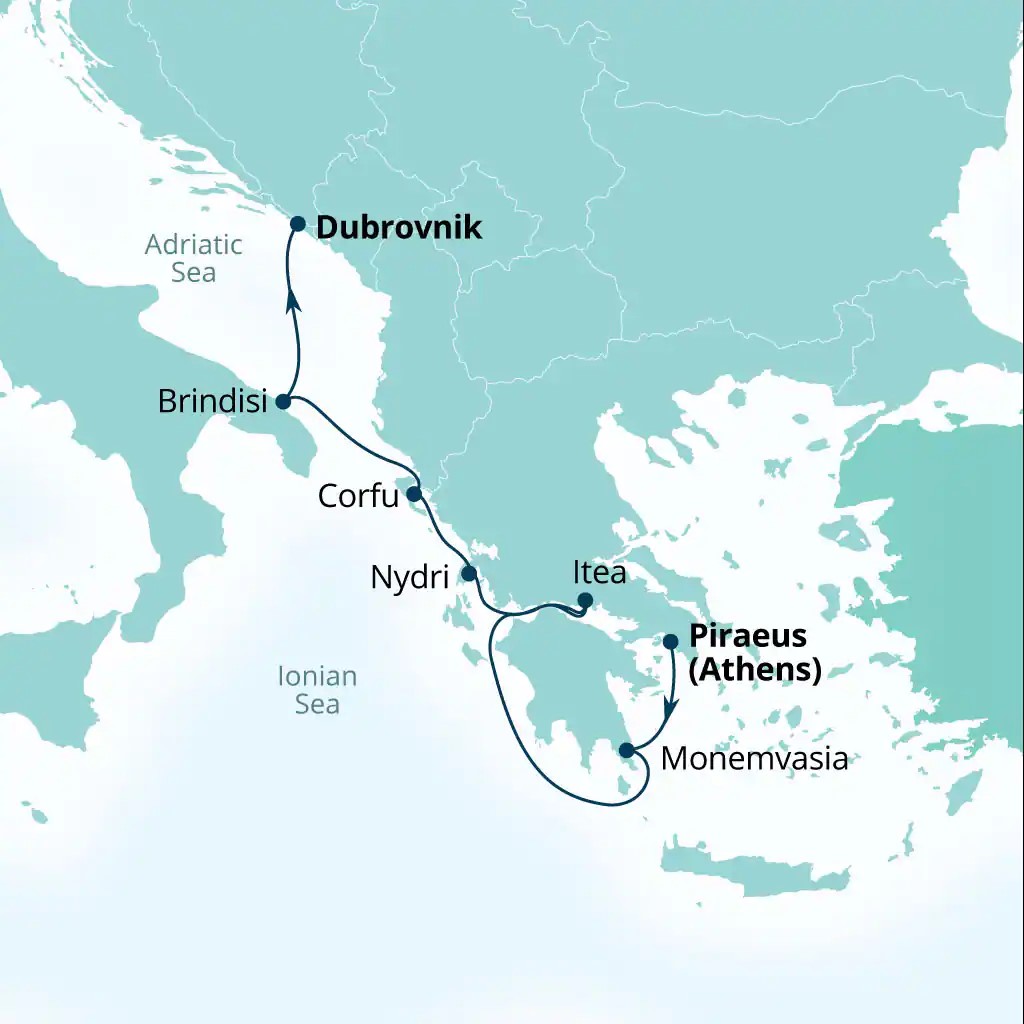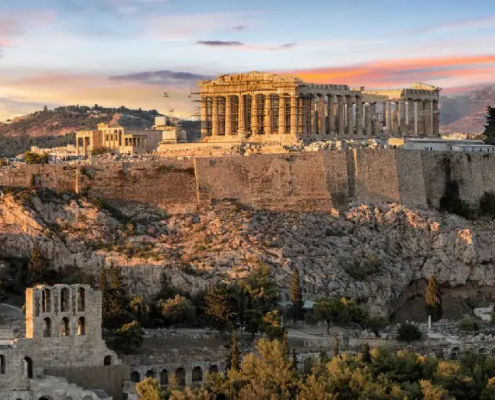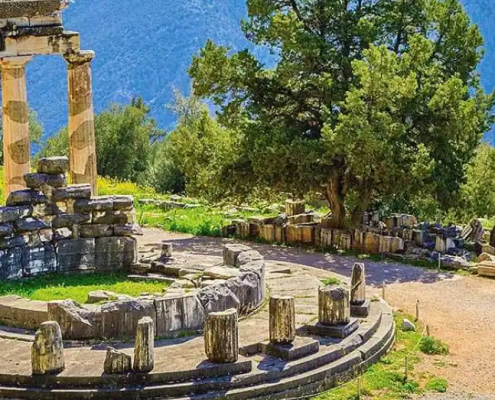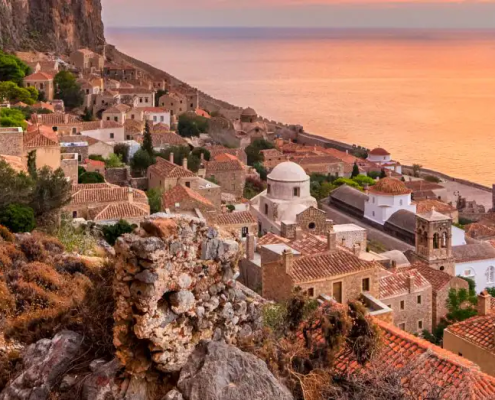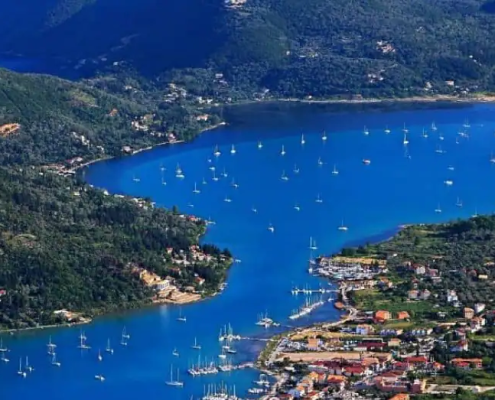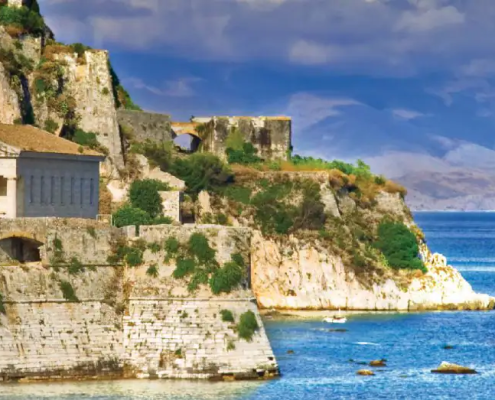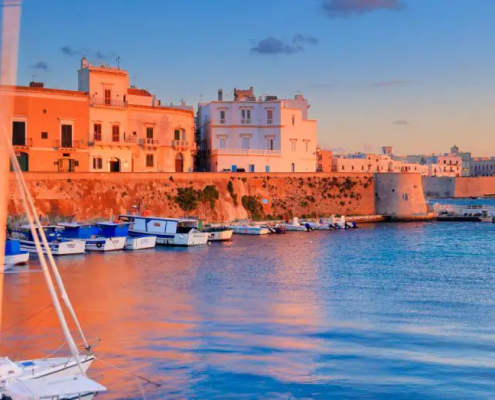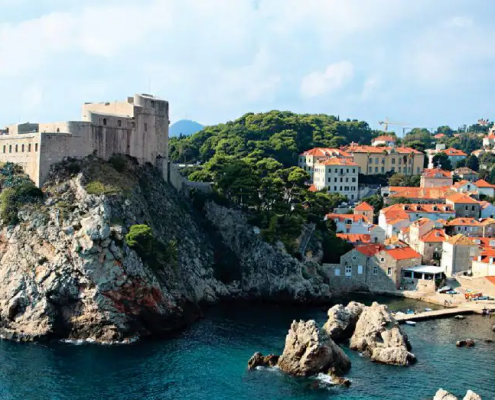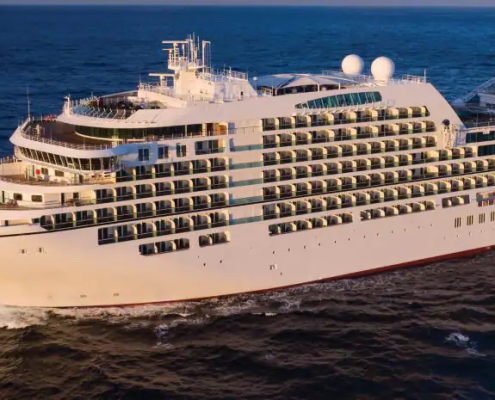Colorful fishing boats line the busy little port of Marina Grande, entry to the famous isle of Capri in Italy’s Bay of Naples. Inhabited since the Stone Age and settled by the Greeks in the 8th century BC, Capri was the favorite retreat of Roman emperors Augustus and Tiberius, who built numerous residences there. The island has remained a haven for A-listers ever since, as evidenced by the many elegant villas that dot its dramatic coastal cliffs. Your first view upon approach is of the iconic Faraglioni, a cluster of three rock formations said to be home to the mythical sirens who tempted Odysseus with their songs. Today’s travelers are enchanted by the spectacular views from Villa San Michele and atop Mount Solaro. Wander the Gardens of Augustus, take a boat ride inside the ethereal Blue Grotto, and explore the remains of Villa Jovis, the most impressive of Tiberius’s many island abodes. Stroll Capri Town’s narrow alleyways lined with exclusive boutiques, then grab a limoncello in the central piazza, La Piazzetta, and soak in the charm.



